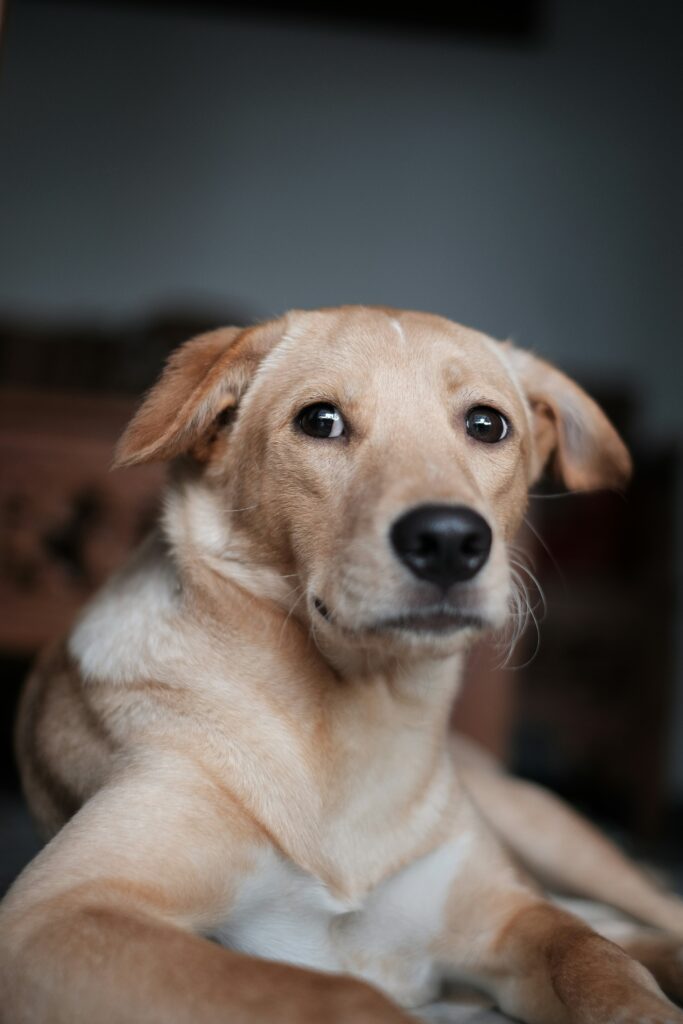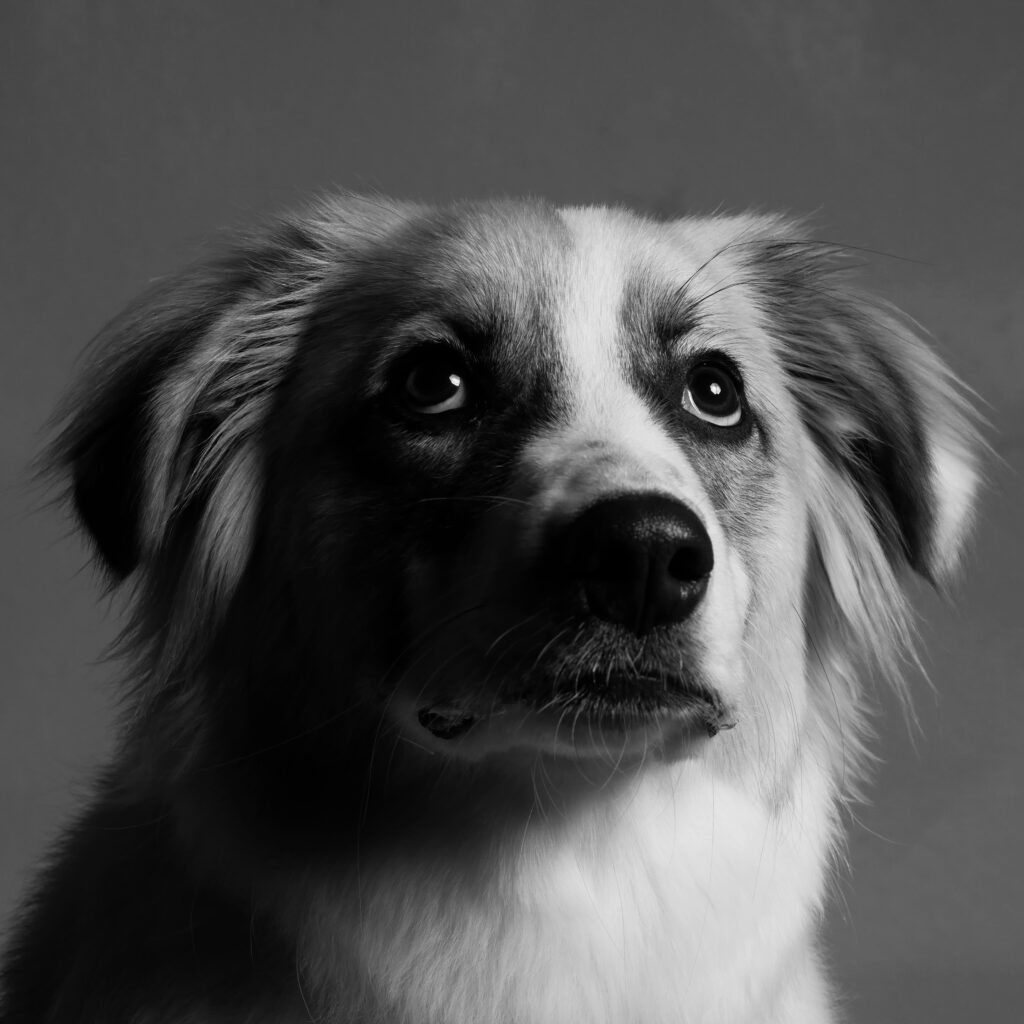How Your Body Language Affects Nervous Dogs
Dogs are masters of reading body language—especially yours. Long before you say a word, your dog has picked up on your tone, posture, energy, and facial expressions. When a dog is feeling nervous or unsure, how you carry yourself can make all the difference in whether they calm down or escalate their stress.
In this blog, we’ll explore how your own body language influences your dog, especially in situations where they’re already on edge. By being more mindful of your behavior, you can create a sense of safety and confidence for your pup.
Dogs Are Emotional Sponges
Dogs are incredibly attuned to human emotions. If you’ve ever noticed your dog retreat when you’re upset—or bounce around excitedly when you’re happy—you’ve witnessed their emotional sensitivity firsthand.
When a dog is nervous, they’re already in a hyperaware state. Your every movement and tone of voice becomes magnified. If you’re tense, loud, or uncertain, it can reinforce their anxiety. On the other hand, a calm and confident demeanor can help them relax.
Posture Speaks Volumes
The way you stand, walk, or approach your dog can say more than your words ever will.
Common mistakes that increase anxiety:
-
Looming over your dog
-
Reaching directly over their head
-
Moving too quickly or erratically
-
Making direct eye contact when they’re scared
Body language that builds trust:
-
Turning your body slightly to the side (non-threatening stance)
-
Kneeling down at their level without hovering
-
Allowing the dog to approach you first
-
Using slow, predictable movements
Tip: Practice soft body language in calm situations so your dog associates your presence with safety and gentleness.
Tone and Voice Matter
Your tone can either reassure a nervous dog or make them feel even more uncertain. A raised or sharp voice—even if it’s not directed at the dog—can be alarming.
Calming vocal tones:
-
Low, slow, and gentle
-
Soothing praise like “good boy/girl” in a relaxed tone
-
Soft repetition of simple words
Avoid:
-
High-pitched squeals in anxious moments
-
Fast or panicked speech
-
Speaking in a “baby voice” during stressful situations (can confuse or overstimulate)
Tip: Try narrating what you’re doing with your dog in a calm voice. For example, “Let’s go outside” or “It’s okay” while maintaining a relaxed energy.
Energy and Emotion Are Contagious
Your dog doesn’t just respond to your movements and tone—they pick up on your energy. Nervous dogs mirror the emotional state of their humans.
If you’re frustrated because your dog won’t calm down, they will likely escalate. If you’re anxious about going to the vet, they’ll feel that tension. This is why it’s so important to regulate your own emotions before expecting your dog to regulate theirs.
Try this exercise:
-
Take a deep breath.
-
Relax your shoulders.
-
Speak softly.
-
Move slowly and intentionally.
-
Smile gently—not a wide grin, just soft and warm.
Your dog will notice these cues—and start to mirror them.
Touch as a Communication Tool
The way you touch your dog sends powerful messages. Nervous dogs may not want much physical contact, or they may only tolerate specific types of touch.
Soothing touch:
-
Slow strokes along the body
-
Gentle massage around the ears or chest
-
Allowing the dog to lean into you (don’t force contact)
What to avoid:
-
Patting the top of the head
-
Fast or abrupt petting
-
Grabbing or hugging, especially from behind
Tip: Let your dog initiate touch when nervous. Don’t overwhelm them with affection—just be quietly present.
Timing Is Everything
Your dog is learning from you constantly. When they’re nervous, the timing of your reactions is key. For example:
-
If you comfort your dog every time they react to a scary sound, you may unintentionally reinforce the fear.
-
But if you calmly redirect their attention or offer a treat after they show curiosity instead of fear, you’re reinforcing confidence.
Tip: Use a consistent marker word or clicker when your dog exhibits calm behavior, followed by a treat or praise.
Creating a Confidence-Building Routine
Want to help your dog build confidence with your support? Try adding this to your daily routine:
-
Short, structured training sessions: Keep them light and fun. Confidence grows with success.
-
Predictable environments: Reduce chaos where possible.
-
Consistent reactions from you: Dogs feel secure when they know what to expect from their humans.
When to Get Help
Sometimes a dog’s nervousness is rooted in past trauma or genetics, and even the most calm and patient owner needs backup.
Look for professional help if:
-
Your dog’s anxiety leads to aggression
-
Their fear disrupts daily life (won’t leave the house, won’t eat, etc.)
-
They don’t seem to improve with time and training
A certified dog trainer or veterinary behaviorist can help create a custom plan that complements the calm presence you’re already providing.



